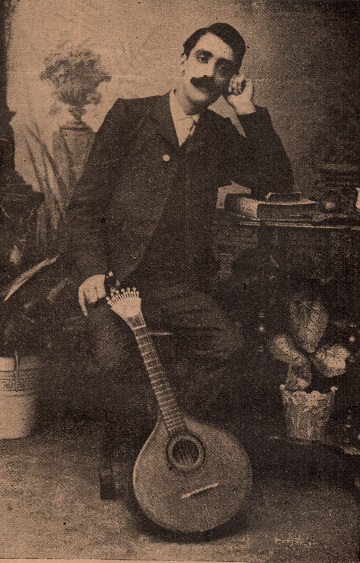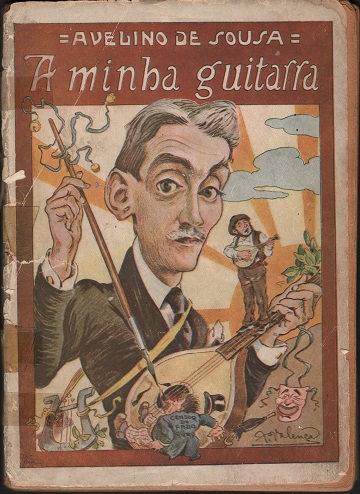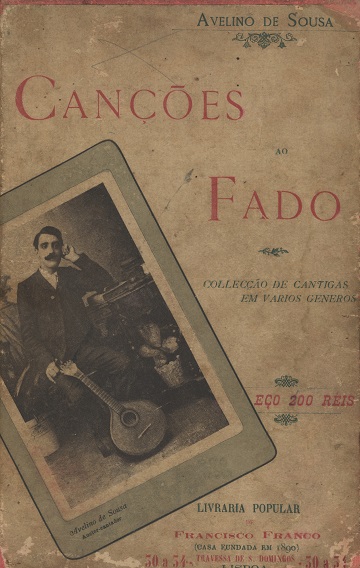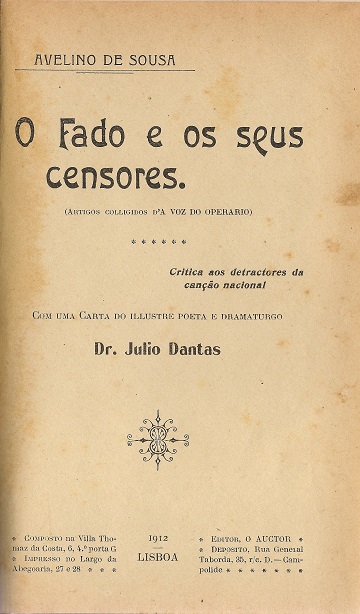Know more:
Avelino de Sousa
(N. 6 April, 1880 - M. 18 August, 1946)Avelino Ferreira de Sousa was a poet and playwright, a great supporter of Fado, which led him to publish, in 1912, the book “O Fado e os Censores”. Consisting of eleven articles collected from the newspaper “A Voz do Operário”, it was a response to the controversial accusations that writer Albino Forjaz de Sampaio and Dr. Samuel Maia had been making against the genre. If Avelino de Sousa's vast fadistic work was valuable, what he dedicated to the Theater is no less important.
He published ten books in which he approached the themes of Fado and Theater. He also wrote four novels and more than fifty plays, standing out the operettas “Bairro Alto”, performed at Teatro São Luiz, on April 21, 1927, and “História do Fado”, in collaboration with Álvaro Santos, premiered at Teatro Maria Vitória, on May 12, 1931, in which the fado singers Alberto Costa, Maria Alice and Filipe Pinto, among others, took part.
Perhaps the oldest author to whom a real record and radio success is owed is Avelino de Sousa. His traditional Fado melody “Perseguição”, in the voice of Maria Alice, conquered the whole country and Brazil, where Amália, in her first recordings, was practically forced to include it. But the diva was not funny with the theme, especially the last sextile. It is said, with some as yet unproven likelihood, that it was Pedro Teotónio Pereira, at the time the Ambassador of Brazil, who convinced Amália to record, proposing a sextile he composed to replace the one decried by the artist. So, the piece was recorded.
Avelino's style, although agile, suffers from the use of erudite words with which it was intended to dignify Fado and demonstrate knowledge of Portuguese language, in violation of the simplicity that it must preside over.
He was a contributor to several periodicals, most especially to “Guitarra de Portugal”. Avelino de Sousa, who started out as a typographic composer for the newspaper “A Voz do Operário”, was, at the time of his death, the first curator at Torre do Tombo.
Source:
GOUVEIA, Daniel e MENDES, Francisco, (2014) “Poetas Populares do Fado Tradicional”, 1st ed., INCM, pp. 15-16

Avelino de Sousa - Detail of the book "Bairro Alto"

Avelino de Sousa - Detail of the book "Canções ao Fado"

"A Minha Guitarra", by Avelino de Sousa. Editora Popular, Lisbon, 1919

"Canções ao Fado - Collecção de cantigas em vários géneros", by Avelino de Sousa. Livraria Popular de Francisco Santos. Lisbon, 1922
